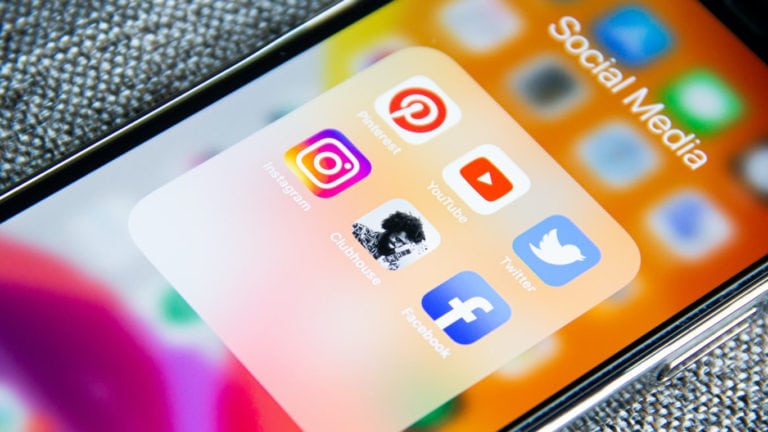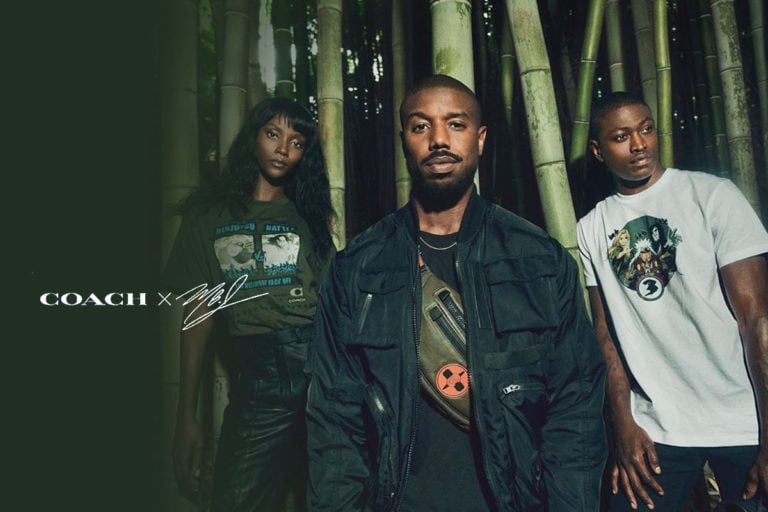Brand Awareness: 4 Best Proven Strategies To Grow It
Do you feel like your brand is drowning in a sea of competitors? Are you intrigued about why certain brands become household names while others fade into oblivion?
Traditionally, it’s about retail visibility, tapping into the colossal world of mass marketing, igniting the ever-powerful word-of-mouth, and even earning a spot in the evening news.
But it’s not always about having the fattest marketing wallet or a revolutionary product, although that often keeps top brands at the top.
In today’s digital jungle, plenty of new ways exist to build that top-of-mind authority without breaking the bank.
So fear not because we’re diving deep into brand awareness. From how to measure it and boost it to understanding the primary brand awareness campaigns like retail presence and news media, we’ve got you covered and even 12 rock-solid social media strategies for building strong brand awareness – on the cheap.
Ready to turn your brand into the talk of the town? Then, let’s get started.
Key Takeaways (TLDR)
- Brand awareness goes beyond mere recognition; it’s about the essence of your brand.
- Four key drivers include retail presence, mass marketing, news media, and word-of-mouth.
- Online reviews and recommendations hold sway and can impact brand trust.
- Influencer marketing and celebrity endorsements can boost brand visibility.
- Social media offers affordable strategies for enhancing brand awareness.
What’s Brand Awareness and Why Should You Care?
Brand awareness is more than just people knowing your brand name. It’s about consumers being familiar with the essence of your brand—the look, the feel, the values, and even the emotions they experience when interacting with it. If “brand” is the cake, then “awareness” is the distribution strategy of getting as many people to eat it or at least know about it.
Let’s start by laying some groundwork: what does “brand awareness” even mean? In simple terms, brand awareness is how familiar people are with your brand and how well they recognize it. People immediately think of brands with high awareness when considering a particular product category. You say fast food and boom—McDonald’s springs to mind. You’re in the market for new sneakers, and it’s Nike or Adidas on your radar.
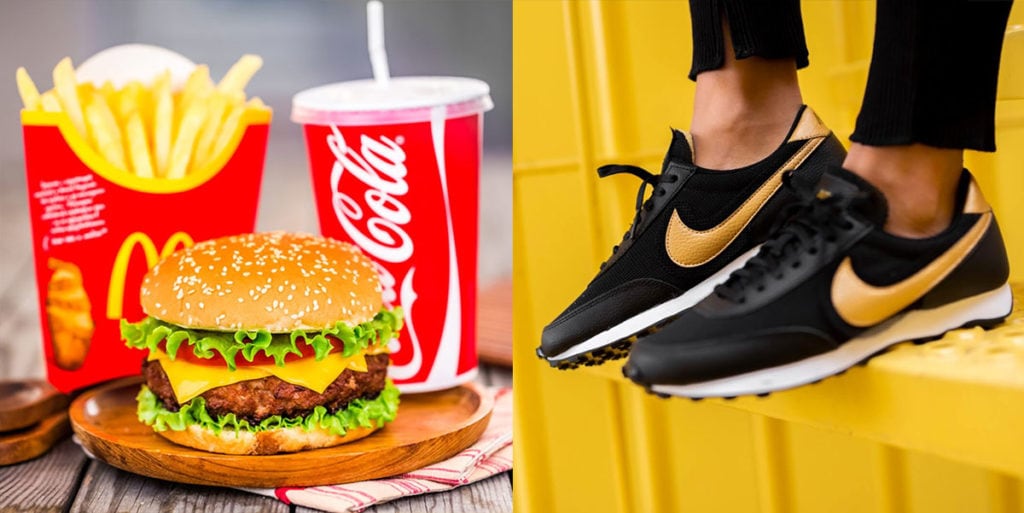
Unsurprisingly, companies with high brand awareness often dominate their markets because they live comfortably at the top of people’s minds. It’s prime real estate, and space is limited.
So, why is increasing brand awareness so important? It’s all about trust and increased brand visibility. The more people are aware of your brand, the more familiar they become with it, and the more likely they’ll choose you over a competitor.
The Nielsen Global New Product Innovation Survey even found that 59% of consumers prefer to buy from brands they know. It’s that whole brand loyalty and familiarity effect at work once again.
Why is Brand Awareness Important?
Think of brand awareness as a friendship. The more you know about a friend—their likes, dislikes, and quirks—the more likely you will call them up for a movie or coffee. Similarly, the more people know about your brand, the more they trust you. And in the world of business, trust translates into sales and loyalty.
It’s our brain’s way of decluttering options. The more successful a brand is, the more you’ll likely see it everywhere, creating the perception that people must trust it enough to allow it to grow and flourish.
According to a survey conducted by the International Council of Shopping Centers (ICSC), more than four-fifths (82%) of U.S. adults consider themselves loyal to certain brands of products. Moreover, According to Demand Metric, consistently presented brands are 3.5 times more likely to enjoy excellent brand visibility. Hence, a robust brand-building and awareness strategy isn’t just a “nice-to-have,” a “you-better-have-or-else.”
4 Key Brand Awareness Strategies
Beyond the buzz of social media, there are 4 tried and true brand awareness drivers that can propel your brand from obscurity into the limelight.
These four key drivers have been around for decades and still work as well today as they always have for accelerating your brand’s visibility, making it as familiar as brands like Coke and McDonald’s.
1. Retail Presence
When it comes to retail presence, think of it like physical and mental estate—the more visible your property (in this case, your product), the higher the value. Having a strong retail presence can significantly elevate your brand awareness. We’re talking end-aisle displays, in-store signage, strategic shelf positioning, or even your brick-and-mortar stores.
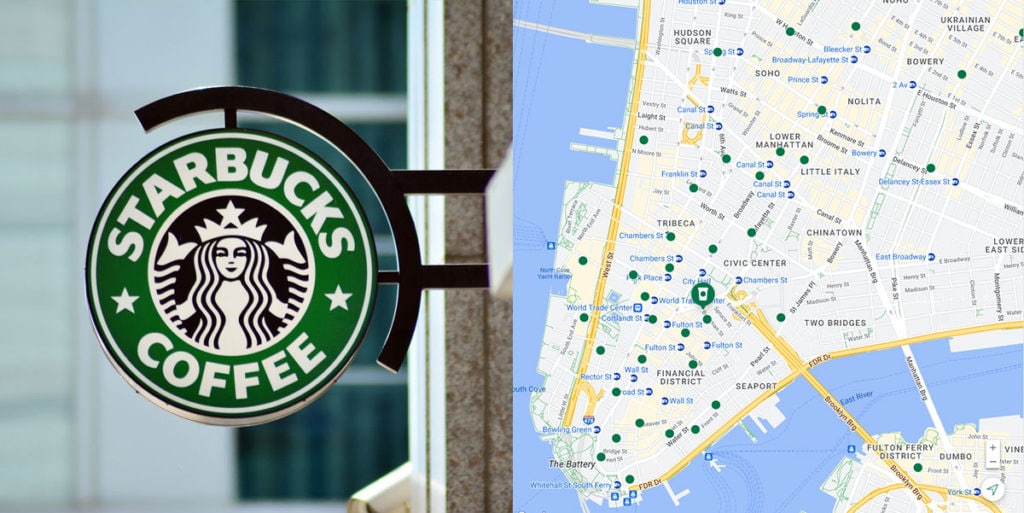
Consider how often you see a Starbucks nowadays and its effect when you think about coffee. You want consumers to see your brand as they drive to work or see your product as they walk down the aisle of a retail store, even if they didn’t initially intend to purchase it.
According to Business Wire, the overwhelming majority, 82% of consumers, say that seeing, holding, or demoing a product in person makes them more inclined to purchase. So, think of your retail presence as your in-the-field brand ambassador, shaking hands and kissing babies.
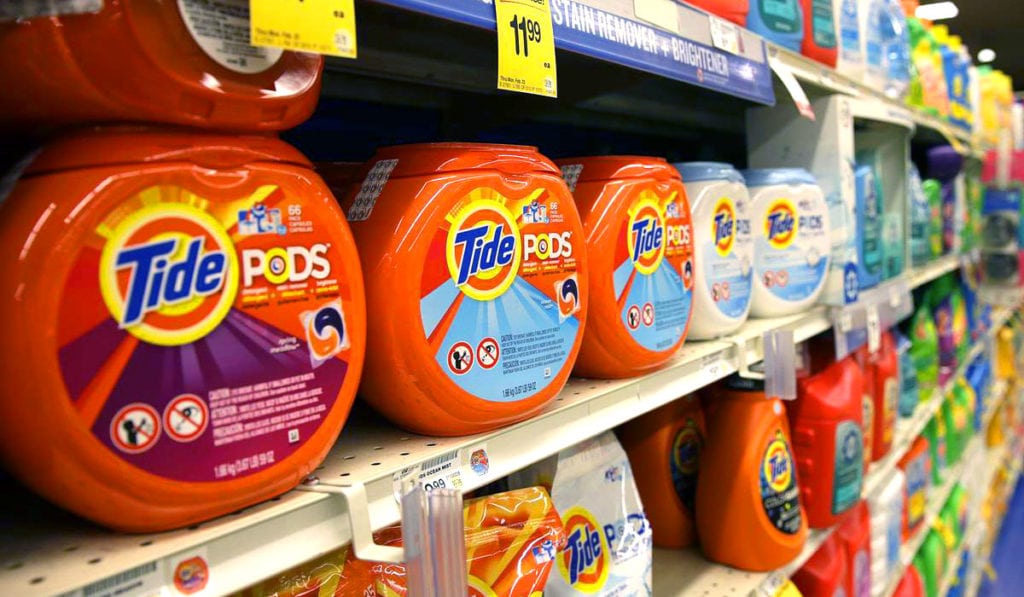
2. Mass Marketing
Remember those jingles you couldn’t get out of your head as a kid? That’s mass marketing for you—inescapable and incredibly effective. Let’s break it down:
Traditional Broadcast Commercials:
According to Statista, TV advertising revenues in the U.S. reached approximately $70 billion in 2020.
Though people claim they despise T.V. commercials, these are still highly effective for growing brand awareness and recognition. People may hate it but can’t avoid its ability to plant a seed in your mind. Although I don’t see myself buying the latest drug for ailments such as psoriasis or weight loss anytime soon, names like Skyrizi and Ozempic and their catchy jingles are engrained into my brain. It’s also why Super Bowl commercials are as much about advertising as they are a cultural tradition.
Search Engine Advertising & Search Engine Optimization.
When people have questions, they Google. By using Search Engine Advertising to pay your way to the top or Search Engine Optimization to engineer your way to the top, you can ensure that your brand shows up when potential customers seek answers related to your industry. Being at the top of Google is critical to being top of mind.
Online Advertising:
With people spending an average of 144 minutes on a social media platform per day, according to HighspeedInternet, online advertising through platforms like Facebook, Instagram, and Twitter can’t be ignored.
Traditional Advertising:
Scoff at traditional advertising all you want, but despite what online marketing resources might tell you, billboards and print media still pack a powerful punch when building brand awareness.
Let’s not forget that Coca-Cola’s classic “Share a Coke” campaign began with personalized bottles and then exploded into billboards, print ads, and TV spots, reaching millions and becoming a cultural phenomenon.
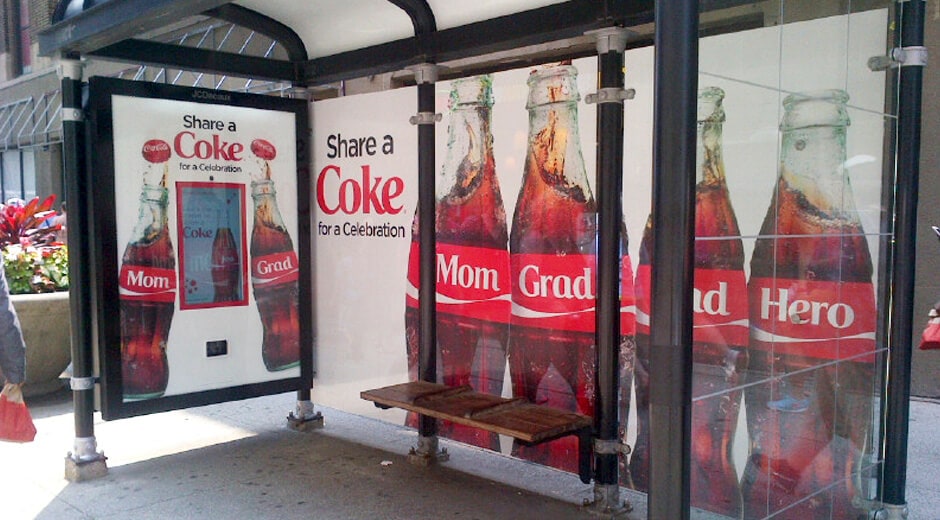
Traditional advertising formats like these are incredibly visible and less intrusive than, say, an unexpected pop-up ad on your screen. They are part of the public space, catching your eye during commutes or leisurely Sunday newspaper reads.
According to a Nielsen study, 46% of U.S. adults have taken action after seeing a billboard ad. TV and out-of-home (OOH) appear to be the top-performing traditional ad types, with OOH proving the most cost-effective, per the report.
In an increasingly digital age, the tangibility and physical presence of traditional advertising offer a sense of credibility and staying power that digital methods are hard-pressed to replicate. They may require a much bigger initial investment, but it’s a testament to their enduring effectiveness that even tech giants like Google and Apple still invest in billboard advertising.
So, before you dismiss traditional methods as outdated, remember that they can serve as a compelling component of a diversified brand awareness strategy.
3. News Media
Let’s also not forget about the power of news media. Imagine waking up to see your brand featured in a top publication—boom, instant credibility and more brand awareness and recognition. Getting recommended by Forbes in their latest article, or a mention on the Today Show, or that illusive Oprah recommendations list are still some of the fastest ways to instant, long-lasting brand awareness.
According to the American Press Institute, a large majority, nearly two‑thirds of adults now, say they look at news online or in print at least several times a day. We are now a nation of serial news consumers, making it a ripe platform for boosting brand awareness.
That is why vehicles for raising brand awareness, such as the New York Times Bestsellers list for books or the Michilin Star guides, will be around for a while. This is why blogs continue to make reviews a big part of their content, hoping they will someday also garner the same prestige.
4. Word of Mouth
A Nielsen study found that 92% of people trust recommendations from friends and family over any other type of advertising. But it doesn’t stop there; in today’s digital age, people can just as easily take the word of people or sources that are nowhere near as close as friends and family.
Remember when Colgate told us 9 out of 10 dentists recommend brushing daily with Colgate? Well, it turned out to be B.S., and yet, as of 2015, half of every household in America has Colgate toothpaste in their homes.
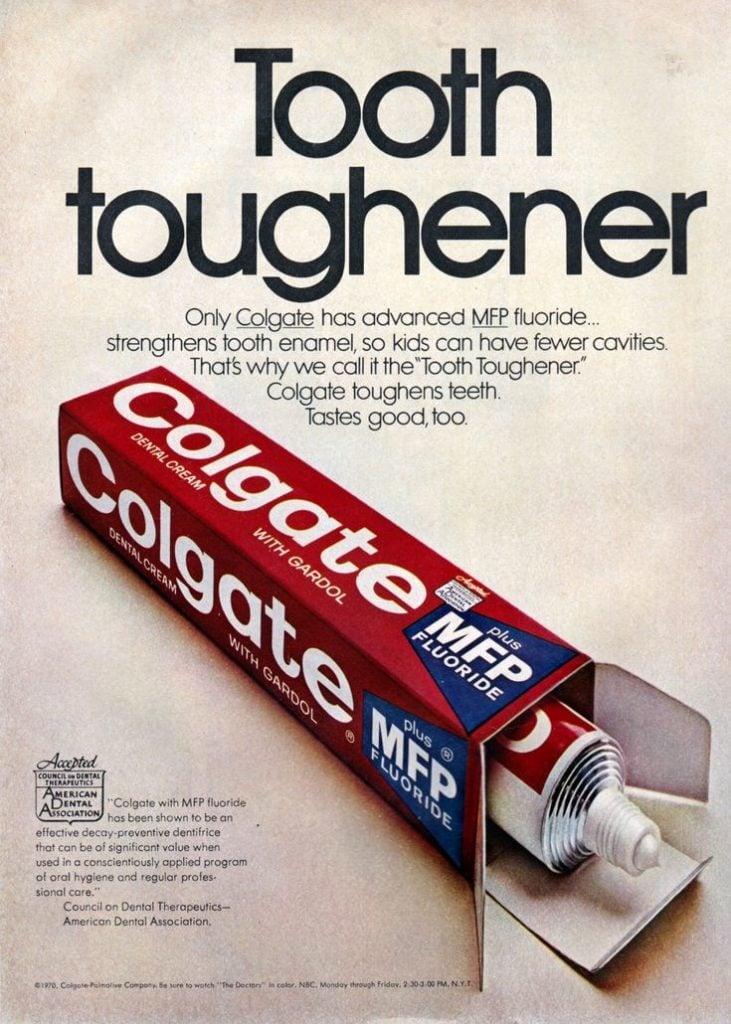
It’s the oldest trick in the book yet as timeless as a fine wine. While many things have evolved in the business landscape, the power of a personal recommendation remains unshakable.
In an age where consumers are bombarded with advertising from every direction, the credibility of personal reviews and recommendations has only grown stronger. Let’s dive deeper into how different reviews and recommendations can send ripples across the pond of brand awareness.
Reviews: The Digital “He Said, She Said”
Once upon a time, you’d hear reviews from a neighbor over the fence. Digital platforms like Yelp, Google Reviews, and Trustpilot are the new community gathering spots where people share their likes and dislikes.
And take into account the impact. A study by BrightLocal found that 91% of 18-34-year-olds trust online reviews as much as personal recommendations. That’s a huge swath of the market hanging on the words of complete strangers! When customers take the time to rave about your product or service, it acts like a digital pat on the back, urging others to try your brand.
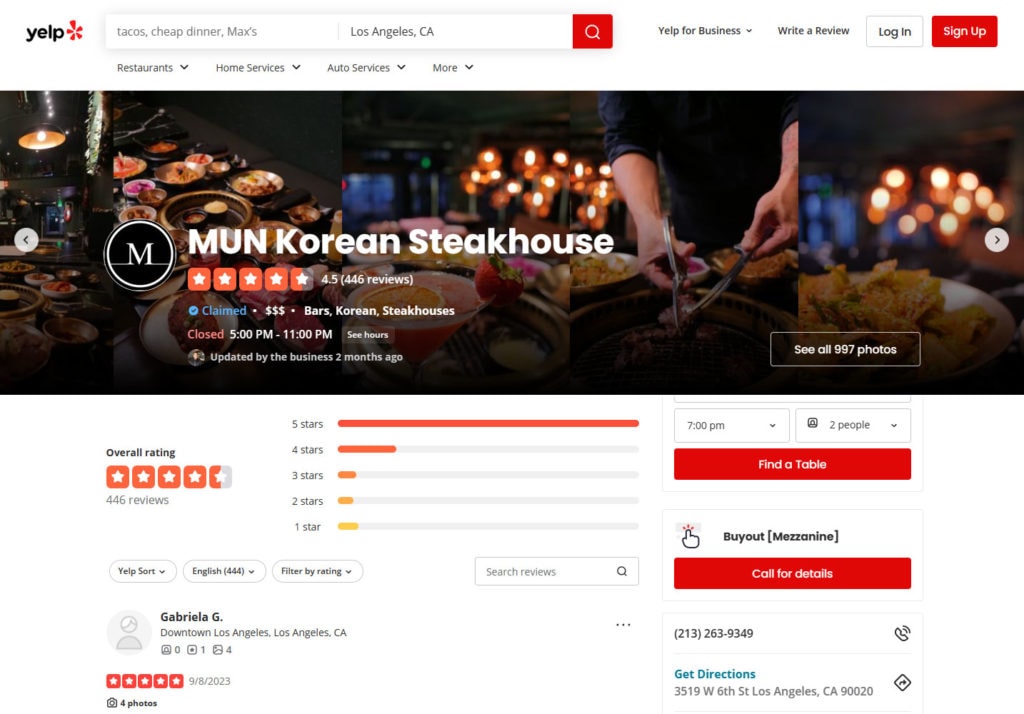
Influencer Recommendations: The Friend We All Listen To
Social media influencers are the cool kids on the block who everyone wants to be friends with or at least mimic. When an influencer recommends a product, their followers listen. According to Influencer Marketing Hub, the industry reached $16.4 billion in 2022 and is expected to grow to $21.1 billion in 2023.
Why? Because it works! Followers see influencers as more relatable than traditional celebrities. A shoutout or product placement by an influencer can provide a massive boost to your brand awareness.
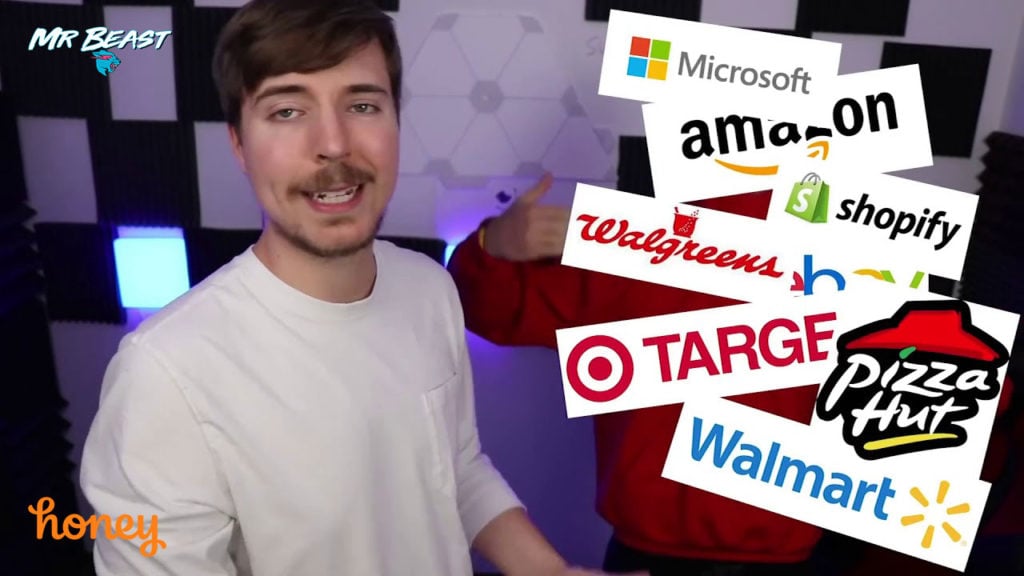
Celebrity Endorsements: The Gold Standard of “They Like It, So I Might Too”
When someone like Oprah or LeBron James mentions a brand, the world listens. While securing a celebrity endorsement can be costly, the return on investment can be jaw-dropping. But if you can get your products from the right celebrity, you might get all the perks without any of the cost.
For example, according to CNN, sales of Weight Watchers increased by an estimated $700 million after Oprah bought a stake in the company and promoted it. The power of celebrities is that they can quickly catapult a brand from obscurity to mainstream awareness.
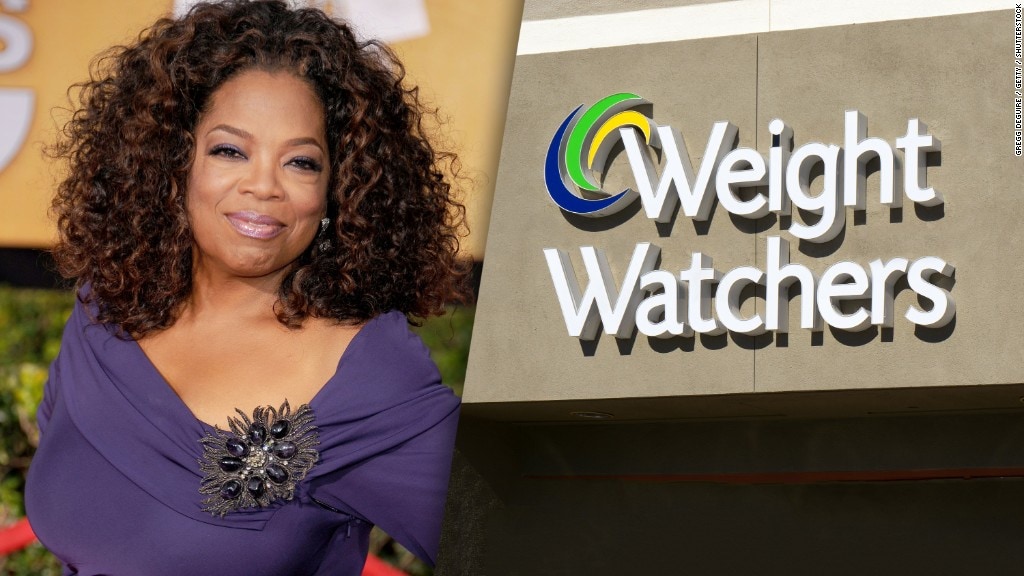
Authoritative Blogs: The Wise Mentor in the Room
Blogs might seem like the quiet kid in the back of the class, but when they speak, people listen. When a respected blog in your industry gives your brand a nod, it’s like receiving a certificate of excellence.
According to Hubspot, companies with blogs produce 67% more monthly leads than those without. Authoritative blogs offer something invaluable: trust. A recommendation from them can significantly raise your brand’s brand awareness efforts and credibility.

The word-of-mouth marketing front has evolved, but its essence remains the same. Whether it’s the digital chatter of reviews, the social buzz from influencers, the star power of celebrities, or the earned wisdom from authoritative blogs, each has its unique way of boosting your brand awareness to heights you’ve only dreamed of. So, which avenue will you take to make your brand the name on everyone’s lips?
12 Additional Strategies to Increase Brand Awareness Through the Cheapest Medium Out There, Social Media.
Social media isn’t just for posting selfies or sharing memes. Although social media isn’t as instantly effective as the 4 brand awareness building methods mentioned above, social media is still a powerful tool for creating brand awareness. Here are 12 proven strategies to help you elevate your brand’s social media game:
1. Unleash Your Brand’s Unique Flavor
Nobody likes a bland, corporate-speak social media account. Add some zest! Infuse your brand’s personality in posts, replies, and profile info. Your audience will appreciate the authenticity.
For Example, Wendy’s fast-food chain has been known to show its snarky and playful personality on Twitter, regularly engaging in banter with customers and other brands. This has helped make their social media presence memorable and shareable.
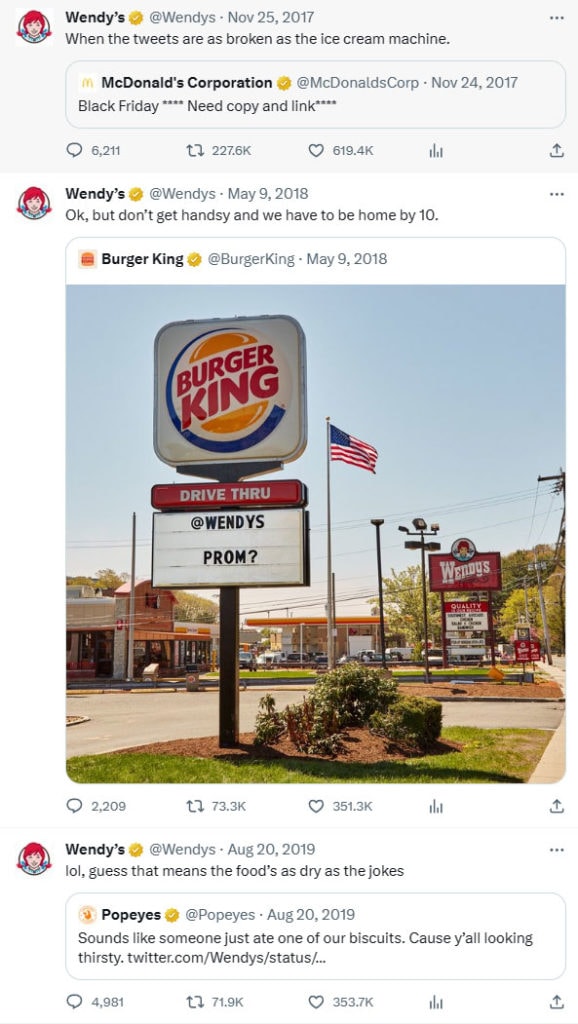
2. Optimize Your Social Storefront
A fully optimized profile is a credibility booster. Fill in every field—profile and cover photos, bio, URL, etc. A complete profile tells your audience you’re professional and ready for business. It also ensures your brand visibility is consistent and familiar across all platforms.
For Example, Nike has a meticulously curated Instagram profile that showcases its products and aligns perfectly with its brand message of empowerment. Every element, from the bio to the cover photos, is in sync.
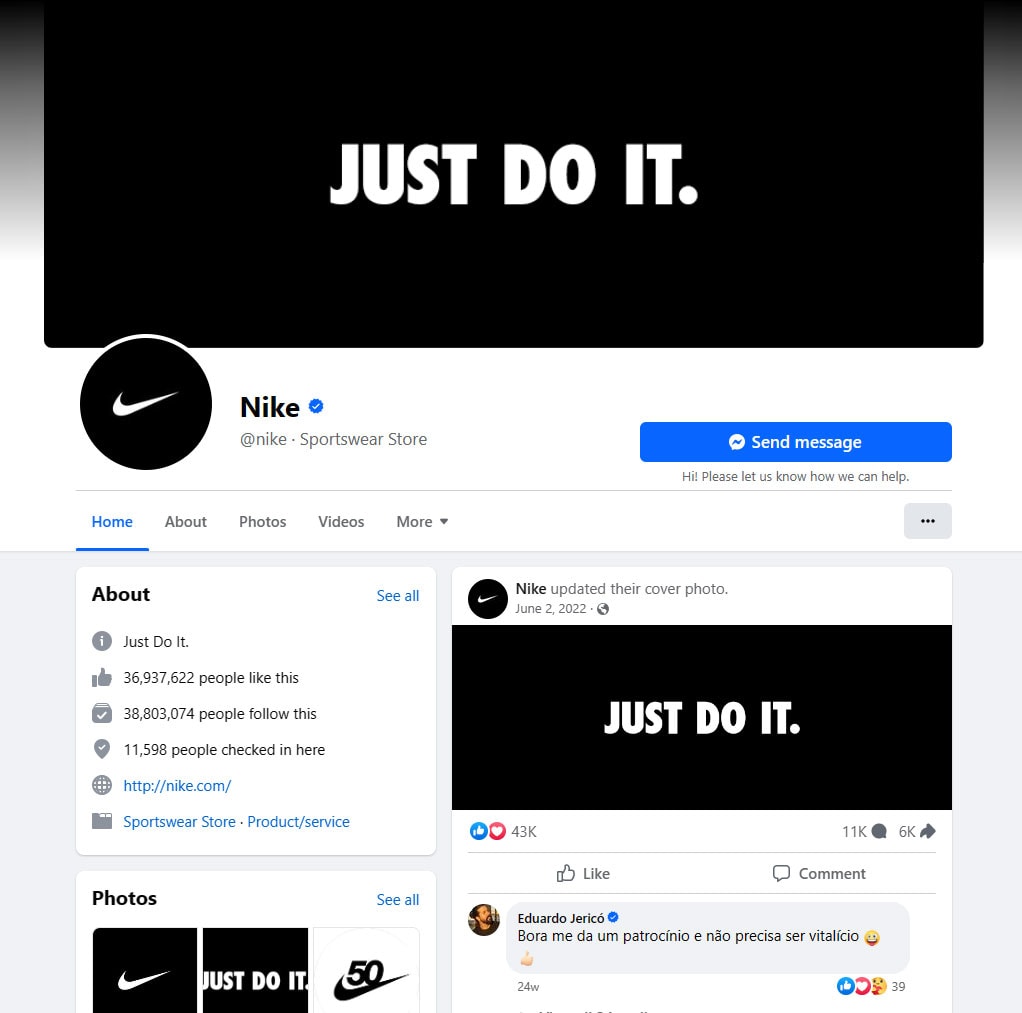
3. Create Eye-Candy Content
Visuals are key. Whether it’s a gripping video, a striking image, or a quirky infographic, your brand awareness campaign through social media posts should captivate at first glance.
According to BuzzSumo, Facebook posts with images see 2.3 times more engagement than those without. To engage its audience, Coca-Cola frequently employs visually stunning imagery and videos, often tied to a sense of nostalgia or happiness.
4. Two Brands Are Better Than One
Two is better than one. Partnering with another brand can expose your business to a whole new audience. Just ensure it’s a brand that aligns with your values and audience.
For example, GoPro and Red Bull have had a longstanding partnership, often creating adrenaline-pumping content that appeals to both audiences. These collaborations exponentially increase the reach of both brands.
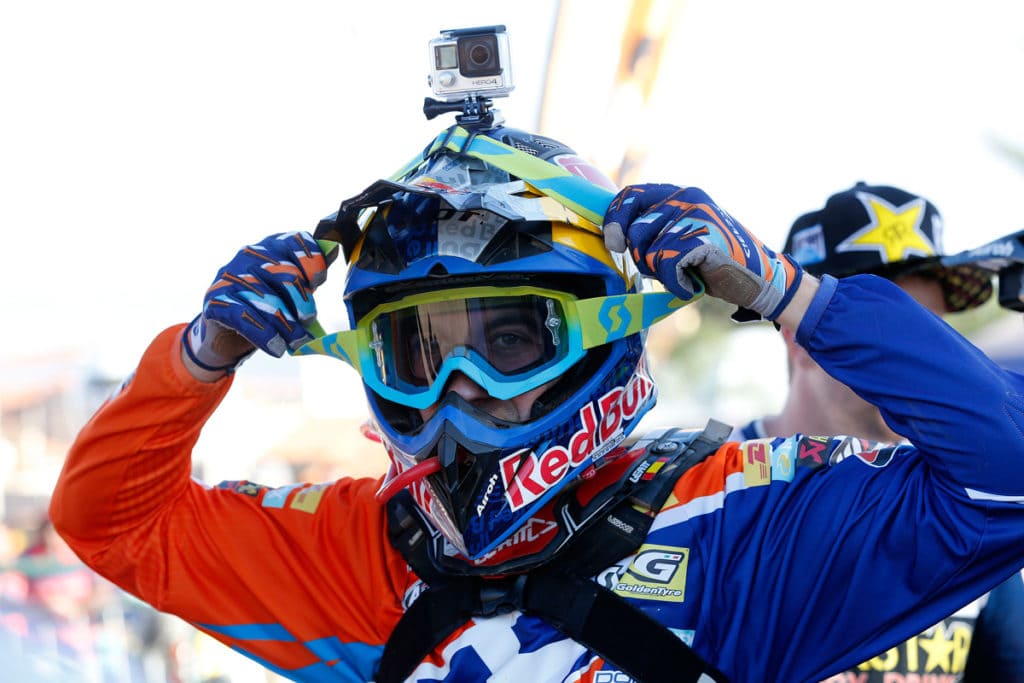
5. Master the #Hashtag Game
If social media were a galaxy, hashtags would be the constellations for building brand recognition. They connect your brand to larger conversations and communities. Some popular hashtags tap into the moods of people during certain days, such as #fridayfeeling, #mondaymotivation, #tuesdaytravel
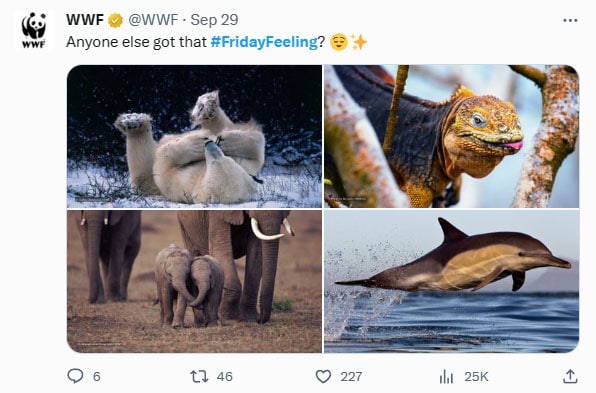
But don’t overdo it—a few well-chosen hashtags are usually more effective than a barrage.
For example, DiGiorno Pizza used the hashtag #WhyIStayed to join the conversation about why people stay in bad relationships. However, the hashtag was already being used to discuss domestic violence. They have since deleted the tweet, but this misstep emphasizes the need to choose hashtags wisely.

6. Dive Into The Comment Section
Comments aren’t just for replying with emojis. Use them as a platform to engage directly with your audience. Ask questions, solve problems, and show your audience that you care. It’s an excellent personal touch method to raise brand awareness.
For example, Airbnb frequently responds to queries and compliments in the comment sections of their posts, offering travel tips and even resolving issues, making them appear approachable and attentive.
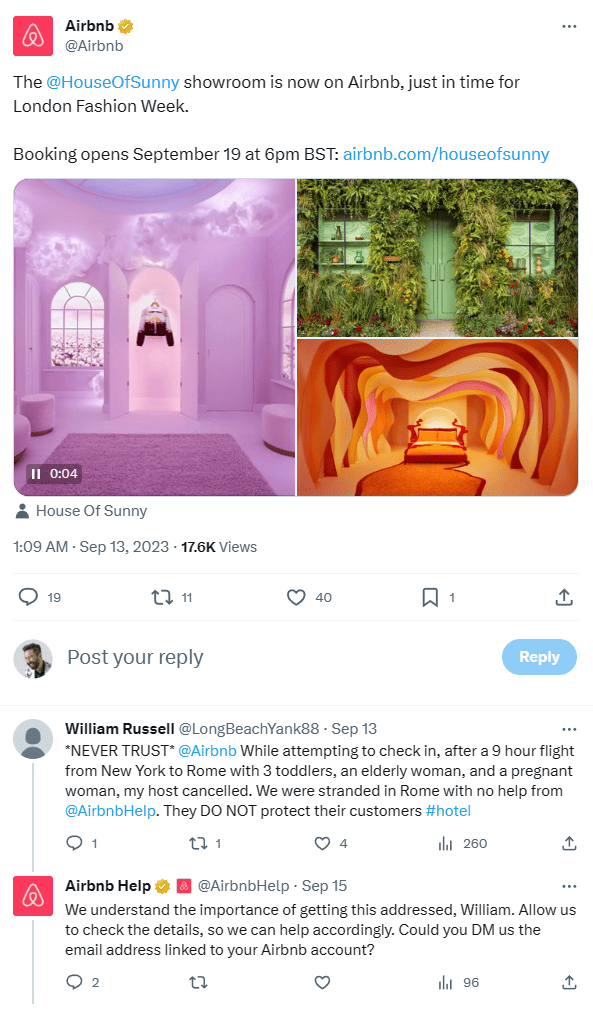
7. Recycle Your Top-Performing Content
Did you get an old blog post or video that performed well? Turn it into an infographic or a podcast. Repurposing content maximizes its lifespan and caters to different audience preferences.
For example, the Content Marketing Institute repurposes its well-received blog posts into webinars and infographics, extending the content’s reach by creating something that can easily add value to content on other websites.
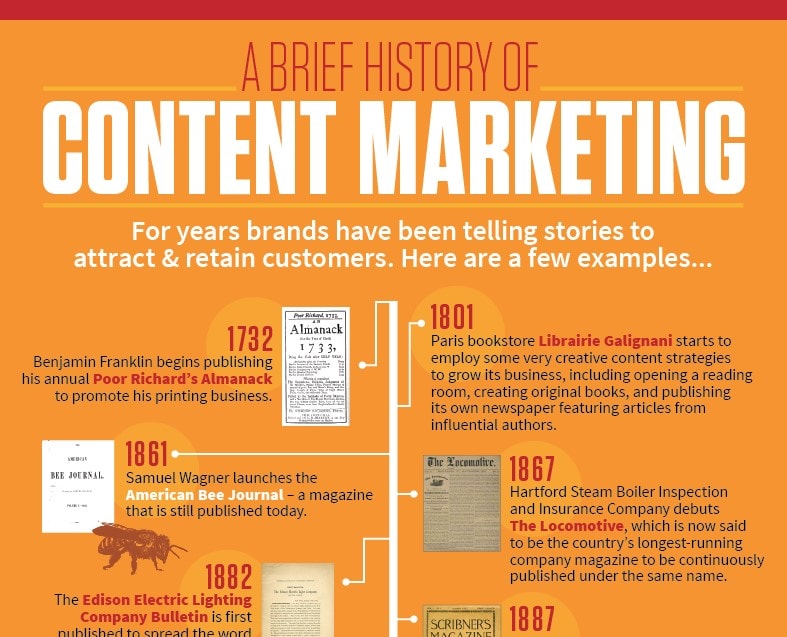
8. Be a Beacon of Fresh Perspectives
Your unique perspective will make your brand stand out in a sea of similar content. Share your thoughts on industry trends or social issues relevant to your brand. Your audience will appreciate your thought leadership.
For example, Ben & Jerry’s often shares its views on social justice issues, from climate change to voting rights. This establishes them as a socially conscious brand and differentiates them in a crowded market.
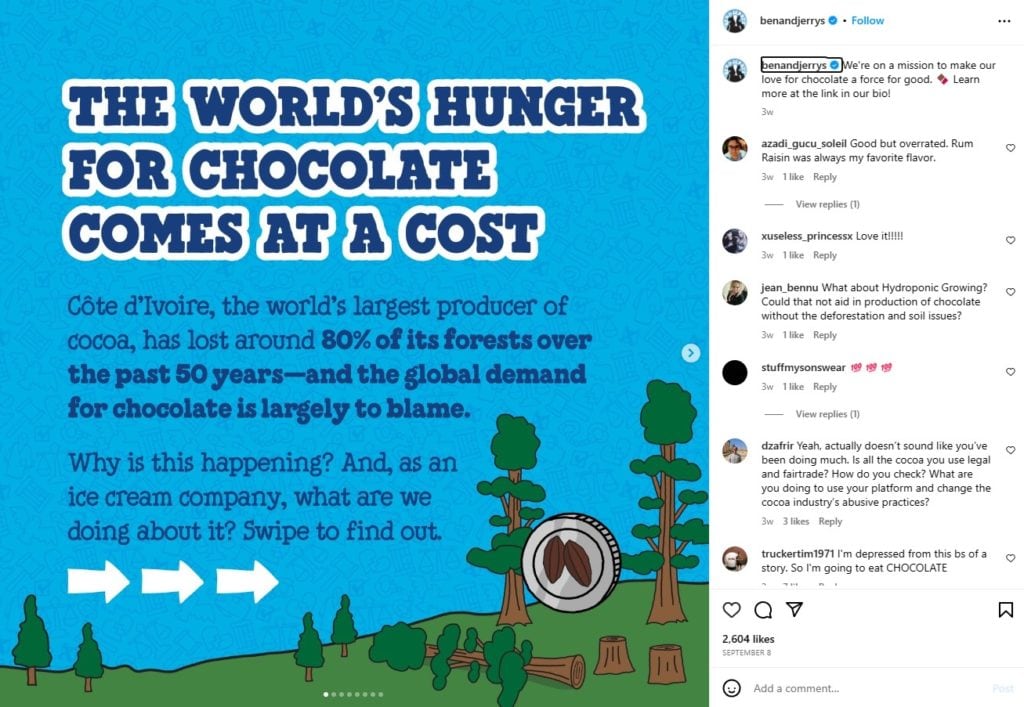
9. Mix Up Your Social Messaging
You’ve heard the saying: “Don’t put all your eggs in one basket.” The same goes for your social media copy. Vary your messaging to see what resonates most with your audience.
For example, Buffer varies its Twitter messaging between sharing tips on social media management, inspirational quotes, and interactive polls to gauge what content their audience prefers.
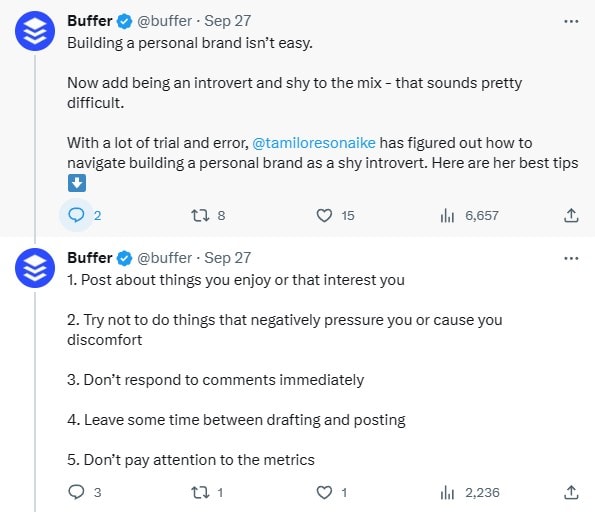
10. Turn Your Platforms Into Knowledge Hubs
Who doesn’t like a brand that adds value? Use your social platforms to educate your audience—whether it’s how-to guides, tips, or sharing valuable articles.
For example, HubSpot uses its social media to share valuable marketing insights, articles, and how-to guides, positioning itself as a thought leader in the industry.
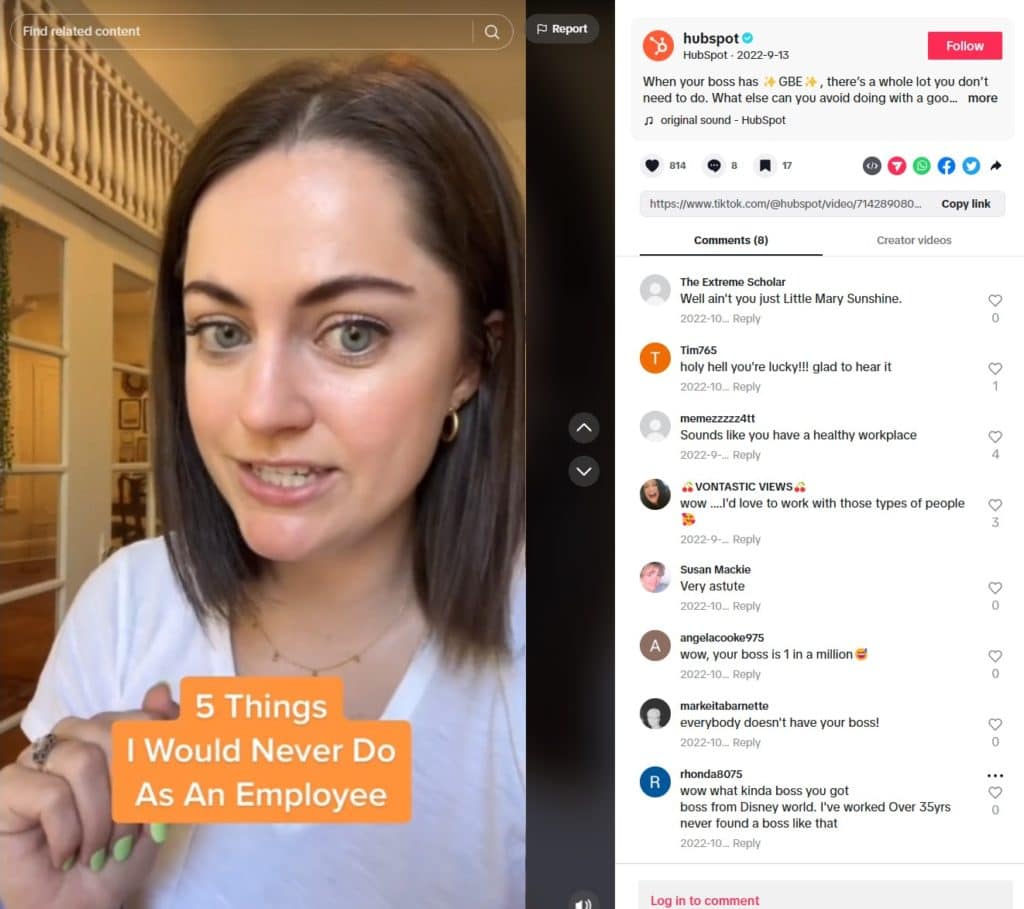
11. Amplify Through Creator Collaborations
Collaborate with influencers or content creators who align with your brand. Their endorsement or brand partnership provides social proof and can significantly boost brand awareness.
For example, Daniel Wellington, a watch brand, skyrocketed to fame by partnering with several Instagram influencers aligned with their minimalist and elegant brand identity.
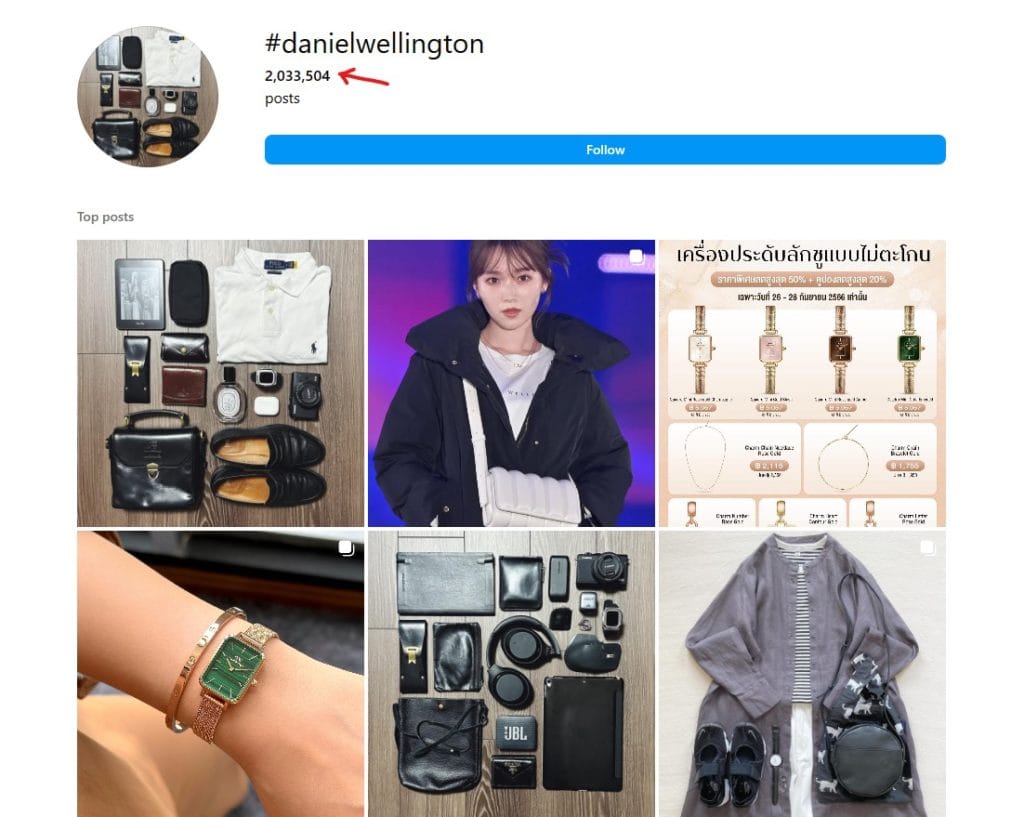
12. Consistency Is Your Brand’s Best Friend
Random posts here and there won’t cut it. Create a content calendar and commit to it. Consistency helps you stay on your audience’s radar and builds credibility.
For example, National Geographic posts across its social media channels several times a day, adhering to a consistent style guide and content theme. This keeps them at the top of their audience’s minds.
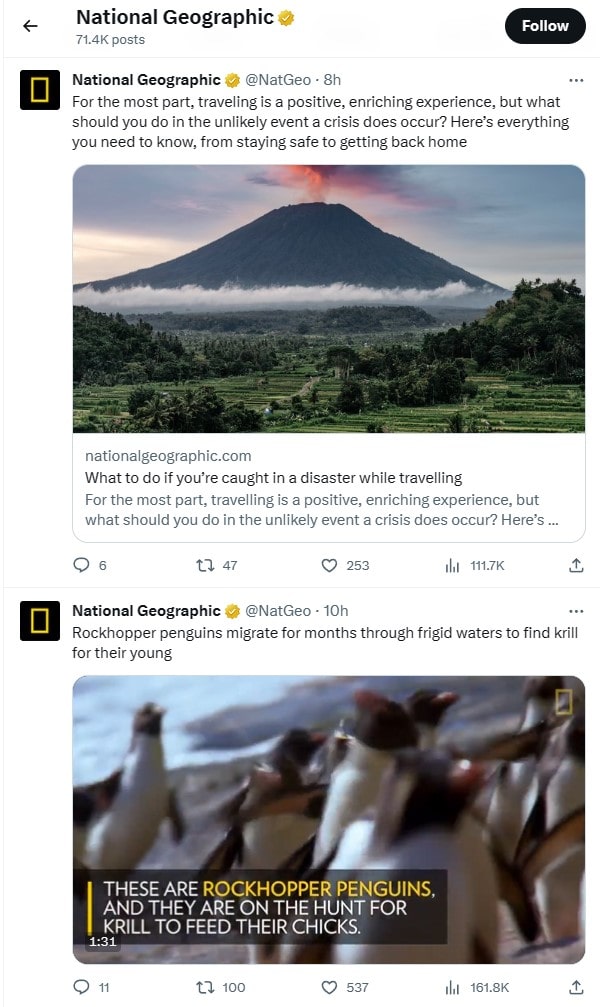
How to Measure Brand Awareness
How can you measure brand awareness? After all, you can’t improve what you can’t measure.
Unfortunately, there is no surefire way to measure brand awareness to quantify your brand’s “popularity” other than sales.
However, there are ways to glean insights into whether you are at least heading in the right direction.
Brand Surveys
What’s the best way to know what people think about you? Ask them! Brand surveys can offer invaluable insights into how well your brand resonates with your audience.
Questions can range from “How did you hear about us?” to “What words come to mind when you think of our brand?”
Website Traffic
People who know your brand are more likely to visit your website. Keep an eye on metrics like unique visits, page views, and the duration of those visits. Tools like Google Analytics can provide an in-depth look into your website’s performance.
Social Listening
Social listening tools can help you track mentions and conversations around your brand across social media platforms.
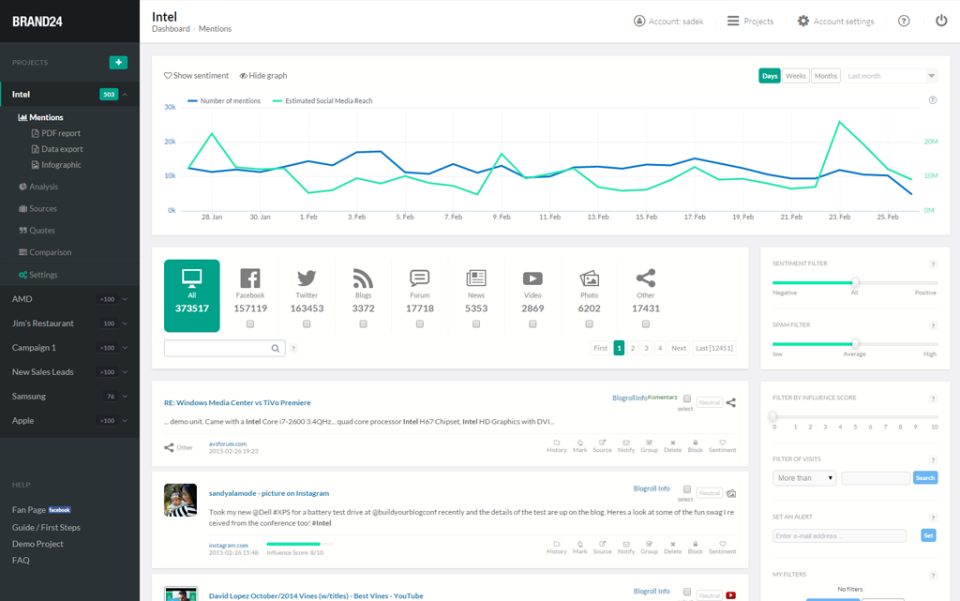
Key Considerations for Building Brand Awareness
Suppose you’re gearing up to take the next brand awareness marketing campaign plunge. Pump the brakes just for a second. In that case, you should keep some crucial considerations in mind.
First, consistency in the brand message is the game’s name. Inconsistent messaging can confuse your audience and devalue your brand equity.
Next, consider your target audience. A marketing strategy killing it with the 40-50 age group may not necessarily resonate with teens or young adults. So, know your audience and tailor your marketing efforts and approach accordingly.
Lastly, pay attention to the analytics. Google analytics metrics like unique visits and page views can offer valuable insights. Monitoring these numbers will help you understand what’s working and what needs tweaking to build brand awareness.
It’s the marketing equivalent of looking under the hood—vital for optimal performance. Without proper brand tracking software, you’re throwing messages into the void and hoping for the best.
Going Beyond Basic Brand Awareness
Alright, you’ve got the basics down. Your brand is on people’s radar. What now? It’s time to ascend to brand nirvana by exploring marketing strategies beyond the usual scope.
Corporate Social Responsibility (CSR) is an avenue to establish good brand awareness. Nowadays, a brand is not just about what you sell; it’s about what you stand for.
In a study by Cone Communications, 87% of consumers said they would purchase a product because a company advocated for an issue they cared about.
CSR elevates your most important brand awareness metrics and creates a more profound connection with your audience.
Wrapping Up
Phew, that was quite a ride, wasn’t it? Brand awareness is not just about shouting your name from the mountaintop.
It’s a multi-layered strategy that involves consistent messaging, retail and social media presence, and even good ol’ word of mouth.
We’ve explored how to measure your success, the key drivers of brand awareness, and even dabbled in some advanced tactics for those overachievers.
Now, it’s time to put this knowledge into action. So, go out there and turn your brand into the name everyone can’t stop talking about. After all, isn’t that the dream?
You made it to the end, so you’re serious about mastering this brand awareness game. And if you’ve got that level of commitment, nothing is stopping you from soaring to the top of people’s minds—and staying there.
Frequently Asked Questions
How do I create brand awareness?
To create brand awareness, consistently deliver a unique value proposition through multiple channels such as social media, advertising, public relations, and partnerships. Leverage targeted marketing efforts, memorable branding elements, and customer engagement strategies to ensure your brand resonates with your target audience.
What is brand awareness and its types?
Brand awareness is how consumers recognize or recall a brand and its offerings. Brand awareness includes aided awareness, where consumers recognize the brand when prompted, and unaided awareness, where the brand is top-of-mind without any prompts.
What is brand awareness on social media?
Brand awareness on social media involves leveraging platforms like Facebook, Instagram, and Twitter to build recognition and credibility for your brand. Creating shareable content, running ad campaigns, and actively engaging with your audience can improve your brand’s visibility and reputation online.
Why brand awareness is the most important?
Brand awareness is crucial because it is the foundation for all other marketing efforts. A well-known brand can command customer loyalty, justify premium pricing, and enjoy easier market penetration. It establishes trust and positions the brand for long-term success.



